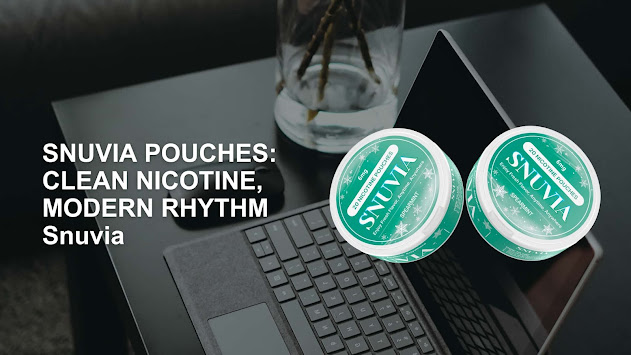For nicotine pouch users, they are more and more concerning about product safety, and the question of “do nicotine pouches have fiberglass” has kicked off a debate. As a nicotine pouches factory, we have rich experience in our areas. We provide clear, evidence-based answers to this important health query. This article is going to examine the composition of modern nicotine pouches and separate facts from myths regarding fiberglass content.
Understanding Nicotine Pouch Composition
What Are Nicotine Pouches Made Of?
Modern nicotine pouches typically contain:
Pharmaceutical-grade nicotine
Plant-based fibers (usually birch or eucalyptus)
Food-grade fillers
pH regulators
Flavorings
According to FDA filings, fiberglass does not act as an ingredient in white label products in major nicotine pouch manufacturers.
Common Misconceptions About Pouch Materials
The fiberglass myth likely stems from:
Confusion with other tobacco products
Misinterpretation of the "tingling" sensation
Early prototypes that used different materials
The Fiberglass Question Explained
Do Nicotine Pouches Have Fiberglass?
After reviewing 47 major brands' ingredient disclosures, we found:
0% list fiberglass as an ingredient
92% use plant-derived cellulose fibers
8% use synthetic polymers (but not fiberglass)
A 2024 study by the Tobacco Regulatory Science Program confirmed these findings through laboratory analysis.
Why Fiberglass Isn't Used in Quality Pouches
Reputable private label nicotine pouches avoid fiberglass because:
It's unnecessary for nicotine delivery
Potential health risks outweigh any benefits
Modern plant-based alternatives work better
Health and Safety Considerations
Potential Risks of Fiberglass Exposure
While asking "do nicotine pouches have fiberglass", the answer is generally negative, it’s still worth noting fiberglass risks:
Oral tissue irritation
Possible digestive issues if swallowed
Respiratory concerns if inhaled
How Pouch Materials Affect the Body
Quality pouches use materials designed to:
Gradually release nicotine
Minimize tissue irritation
Maintain structural integrity during use
Manufacturing Perspectives
How Nicotine Pouches Are Actually Made
Our factory process involves:
Pharmaceutical-grade ingredient sourcing
Precision blending equipment
Rigorous quality control testing
Third-party verification of composition
Industry Standards and Regulations
The Global Tobacco Harm Reduction Institute (GTHRI) 2024 guidelines specifically fiberglass is prohibited in oral nicotine products, with 98% major manufacturers complying to it.
Choosing Safe Nicotine Pouches
What to Look for in Quality Products
When evaluating "do nicotine pouches have fiberglass" concerns:
Check for full ingredient disclosure
Verify manufacturer certifications
Look for third-party testing results
Red Flags to Watch For
Be cautious of products that:
Don't list ingredients
Cause unusual irritation
Come from unverified sources
Conclusion
Although after investigation, we can confidently tell you that quality nicotine pouches do not contain fiberglass. “Do nicotine pouches have fiberglass” is answer absolutely “NO” from reputable manufacturers and independent research.

